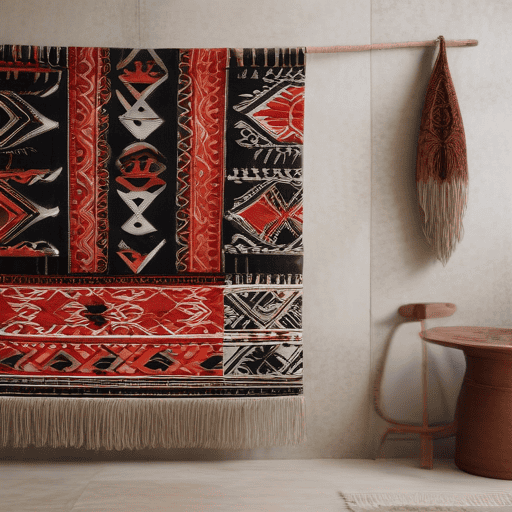Indigenous communities worldwide face significant challenges posed by rapid modernization, particularly concerning the preservation of native languages and cultural practices. This loss is profound, as it cannot be quantified in monetary terms; rather, it represents an invaluable part of humanity’s heritage.
Amid these challenges, many brave and innovative individuals have taken action to safeguard their indigenous cultures. They are employing contemporary art forms such as dance and music to raise awareness, adapt their narratives, and preserve their traditions.
Recently, The Sunday Times engaged with Dalisa Pigram, a prominent Indigenous Australian choreographer and co-artistic director of Marrugeku, an intercultural indigenous dance theatre company. Marrugeku collaborates with diverse artists to merge various cultural expressions and share unique stories, emphasizing the importance of collaboration in strengthening indigenous perspectives.
Marrugeku recently performed “Burrbgaja Yalirra” in Fiji. This series of short works centers on themes of migration, adaptation, and survival while honoring ancestors. The performances took place at the VOU hub in Nadi and involved multiple dance artists.
Dalisa Pigram, a Yawuru/Bardi woman from Broome, Australia, highlighted that her artistic inspiration stems from the stories linked to her community. Since joining Marrugeku in 2008, she has contributed significantly to its productions, promoting cross-cultural understanding through the arts.
One of the featured pieces, “No New Gods,” by Philippine artist Bhenji Ra, explores colonial histories and sensations of the Philippines using movement and symbolism. Similarly, another piece, “Bloodlines,” navigates the maritime histories of the Melanesian diaspora, reflecting on the harsh realities of slavery and cultural exchange.
The final piece, titled “Nyuju,” reflects upon the life of Emmanuel James Brown’s great grandmother, Nyuju Stumpy Brown, who was one of the last nomads of the Sandy Desert. EJB’s performance channels the cultural legacy of his ancestors while showcasing the importance of familial connections to land and identity.
Dalisa also noted the relevance of cultural preservation in the Fijian context. By using dance and music to share stories, indigenous Fijians can educate visitors about their ancestral experiences, contributing to the preservation of their cultural identity.
She emphasized that the future of cultural traditions relies on the indigenous communities adapting and bridging their historical customs with contemporary forms. There is hope that through the arts, there will be revitalized interest and a deeper understanding of these stories, ensuring they thrive for generations to come.
This article highlights the transformative power of art as a tool for cultural preservation, offering a hopeful perspective on maintaining and revitalizing indigenous identities in a modern world.

Leave a comment